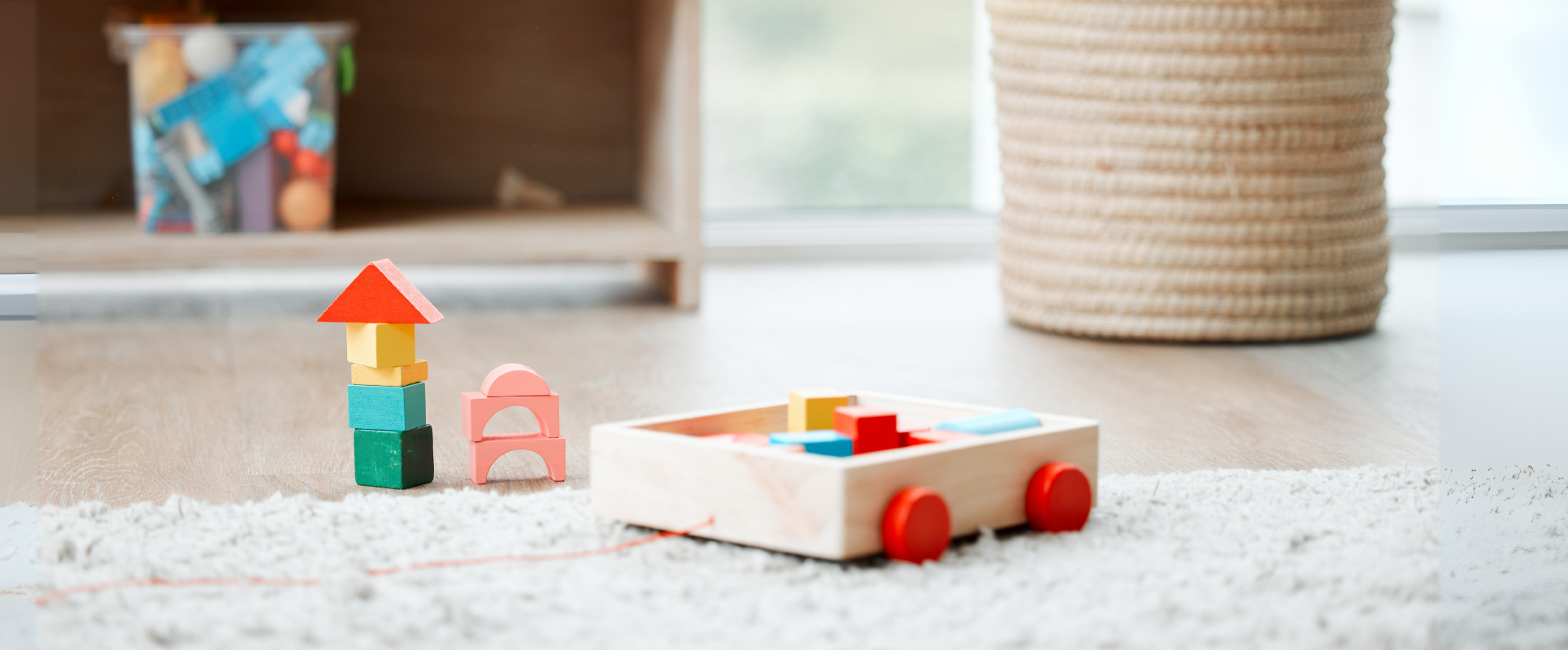
Finding Balance: Work and Family for Young Parents
Balancing work and family is one of the biggest challenges for young parents today. With demanding careers, household responsibilities, and the desire to spend quality time with children, many parents feel stretched too thin. Finding the right balance is essential not only for personal well-being but also for building a healthy and nurturing environment for your child.
This article explores practical strategies, expert-backed insights and supportive approaches to help young parents maintain harmony between their professional and family lives.
Why Work–Family Balance Matters
Balancing these two areas is more than just managing time — it’s about reducing stress, protecting mental health and creating meaningful connections with your child. Research shows that parents who achieve a healthy balance often experience:
-
Lower stress levels and burnout.
-
Better mental health and resilience.
-
Stronger family relationships and bonding.
-
Improved job satisfaction and productivity.
Common Challenges for Young Parents
-
Time Pressure – Managing full-time work alongside parenting duties often leaves little time for rest or self-care.
-
Guilt – Parents may feel guilty for spending too much time at work or not being fully present with their children.
-
Workplace Demands – Long hours, lack of flexibility and strict deadlines add pressure.
-
Household Responsibilities – Cooking, cleaning, and caregiving can create an additional workload.
Strategies to Balance Work and Family
1. Set Clear Priorities
Clarify what matters most during this stage of life. This might mean saying “no” to certain work opportunities or reducing social commitments to spend more time with your family.
2. Create a Structured Routine
Children thrive on routines, and so do parents. A predictable daily structure reduces stress and helps you allocate time for both work and family.
3. Use Flexible Work Options
If possible, negotiate remote work days, flexible hours, or job-sharing. Many employers now recognize the importance of work–life balance and are open to supportive arrangements.
4. Share Responsibilities
Balancing should not fall on one parent. Dividing childcare, household tasks, and emotional responsibilities equally can ease stress and strengthen relationships.
5. Prioritize Quality Time Over Quantity
Even if you have limited time, make it intentional—whether it’s reading a bedtime story, having dinner together, or enjoying outdoor play.
6. Set Boundaries With Technology
Avoid bringing work into family time. Turn off work notifications after hours and be present with your child and partner.
7. Take Care of Yourself
A balanced parent is a healthier parent. Regular exercise, proper sleep, and personal downtime are essential for mental and physical well-being.
The Role of Employers and Communities
Work–family balance is not only a personal responsibility; it also requires systemic support. Companies that provide parental leave, flexible work policies, and childcare benefits significantly improve parents’ well-being. Community resources such as parenting groups, childcare services and family-friendly activities also play a crucial role.
Practical Tips for Everyday Balance
-
Plan weekly meals to save time.
-
Use calendars or apps to track family schedules.
-
Delegate when possible—whether through childcare support or household services.
-
Stay connected with your partner through open communication.
Conclusion
Balancing work and family life is not about achieving perfection but about finding harmony that works for your unique situation. With intentional choices, strong communication and supportive systems, young parents can thrive both at work and at home.







